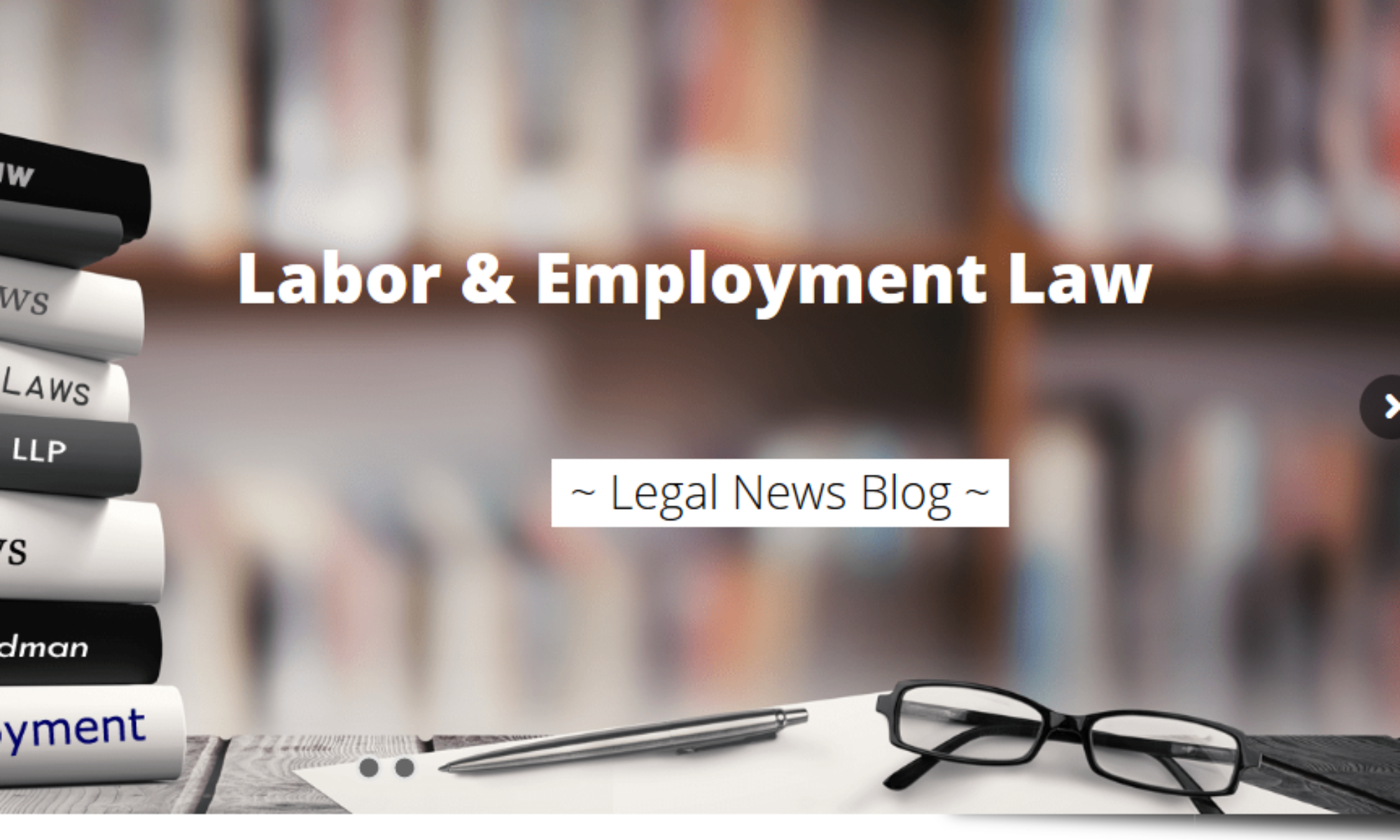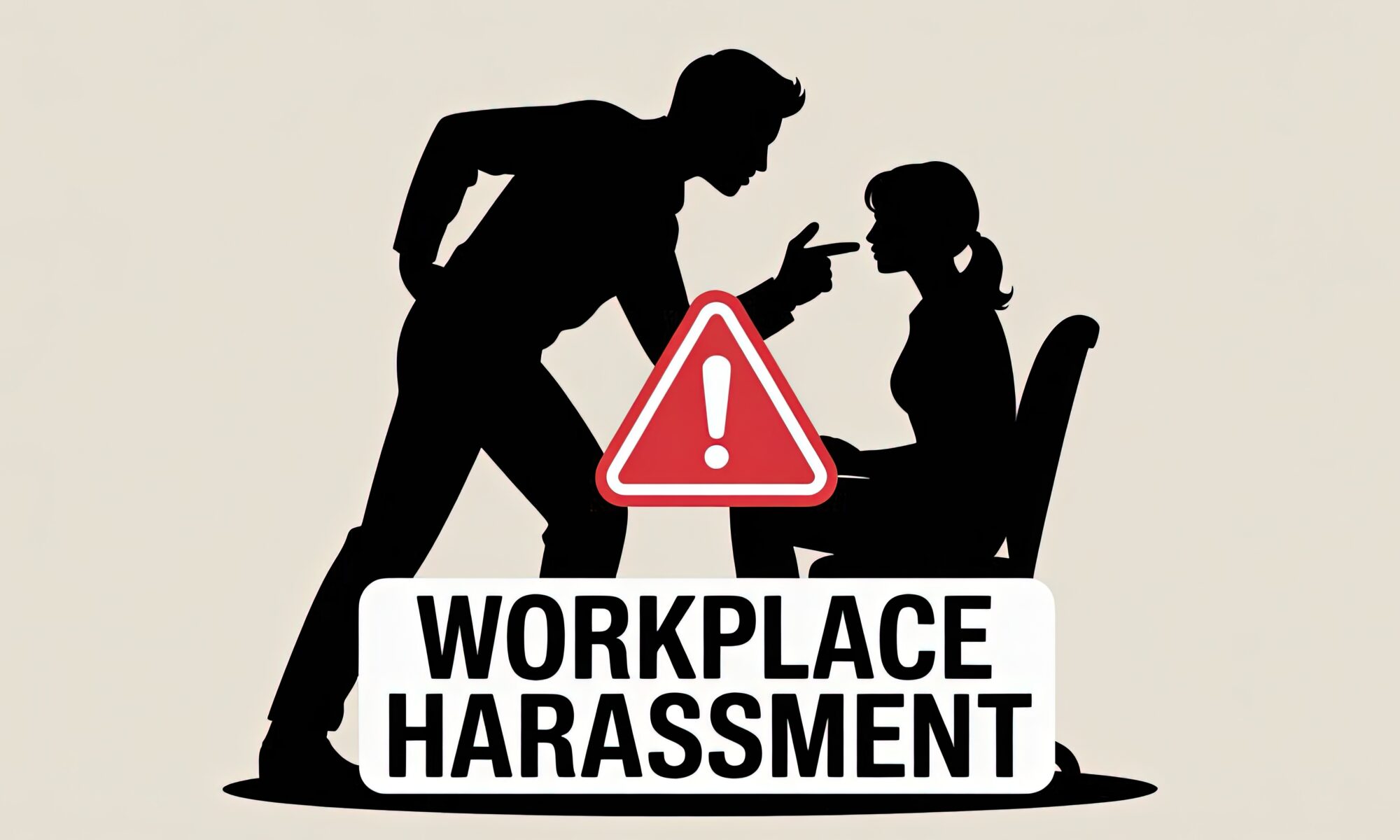Understanding Your Rights Under Family and Medical Leave Laws
When life throws you a curveball—whether it’s your own health crisis or a family member’s medical emergency—the last thing you should worry about is losing your job. Family and medical leave laws exist to protect employees during these vulnerable times, yet many workers remain unaware of their rights or how to navigate these complex regulations.
The legal landscape surrounding family and medical leave can be overwhelming, particularly when you’re already dealing with personal or family health issues. Federal and state laws often overlap, creating a web of protections that vary depending on your location, employer size, and specific circumstances. Understanding these laws isn’t just important—it’s essential for protecting your livelihood when you need time away from work the most.
This comprehensive guide will walk you through the critical aspects of family and medical leave laws, helping you understand your eligibility, rights, and responsibilities. Whether you’re facing a personal health challenge, caring for a loved one, or planning for the arrival of a new child, knowing your legal protections can make all the difference in maintaining both your job security and peace of mind.
Understanding FMLA Eligibility Requirements
The Family and Medical Leave Act serves as the foundation of federal job protection for employees facing serious health conditions or family care responsibilities. However, not every worker automatically qualifies for these protections.
To be eligible for FMLA leave, you must meet specific criteria that ensure both employee protection and business continuity. First, you must have worked for your current employer for at least 12 months—though these don’t need to be consecutive months, making the law inclusive of seasonal workers and those with employment gaps.
The second requirement involves your work schedule. You need to have worked at least 1,250 hours during the 12 months preceding your leave request. This translates to approximately 24 hours per week over a full year, accommodating part-time workers while ensuring a substantial employment relationship.
Geographic proximity plays a crucial role in eligibility. Your employer must have at least 50 employees within a 75-mile radius of your worksite. This means that even if your company employs hundreds of people nationwide, you won’t qualify for FMLA protection if fewer than 50 work in your local area.
Employer coverage under FMLA extends to private companies with 50 or more employees, all public agencies, regardless of size, and elementary and secondary schools. Special provisions exist for airline flight crew members, who face different hour requirements due to their unique work schedules—they need at least 60% of their monthly guarantee and 504 hours of work time in the preceding 12 months.
State-Level Variations: California’s CFRA Example
While FMLA provides federal baseline protections, many states offer additional or enhanced benefits through their own family leave laws. California’s Family Rights Act (CFRA) exemplifies how state legislation can provide broader protections for workers.
CFRA significantly lowers the employer threshold, applying to businesses with just five or more employees compared to FMLA’s 50-employee requirement. This expansion means thousands more California workers have access to job-protected leave than their counterparts in states without similar laws.
The definition of “family member” under CFRA extends far beyond FMLA’s limitations. While federal law restricts family care leave to spouses, children, and parents, CFRA includes grandparents, grandchildren, siblings, domestic partners, and even “designated persons” who have family-like relationships with the employee. This broader definition reflects California’s recognition that modern families come in many forms.
Leave usage rules also differ between the two laws. CFRA allows more flexible intermittent leave arrangements, giving employees greater control over how they structure their time away from work. Additionally, California’s integration with state disability insurance programs provides financial support that federal law doesn’t guarantee.
These variations highlight the importance of understanding both federal and state laws in your jurisdiction. In situations where both apply, you receive the benefit of whichever law provides greater protection—a principle that ensures maximum coverage for eligible employees.
Qualifying Conditions and Mental Health Coverage
Family and medical leave laws recognize that serious health conditions encompass both physical and mental health challenges. Understanding what qualifies as a “serious health condition” helps employees recognize when they’re entitled to protected leave.
A serious health condition involves either inpatient care or continuing treatment by a healthcare provider. Inpatient care includes overnight stays in hospitals, residential treatment facilities, or specialized care centers such as addiction treatment facilities or eating disorder clinics.
Continuing treatment encompasses several scenarios that reflect the reality of chronic and recurring health conditions. Conditions that incapacitate you for more than three consecutive days and require multiple medical appointments or ongoing treatment like prescription medications qualify for protection. Chronic conditions such as diabetes, epilepsy, or asthma that cause occasional incapacitation also meet the threshold when they require treatment at least twice per year.
Mental health conditions are treated equally under family and medical leave laws. Depression, anxiety disorders, bipolar disorder, PTSD, and other psychological conditions qualify when they meet the same criteria as physical ailments. This recognition reflects growing awareness of mental health’s impact on workplace performance and overall well-being.
Pregnancy-related conditions automatically qualify for FMLA protection, including prenatal appointments, morning sickness that incapacitates, and medically required bed rest. The law treats pregnancy as a serious health condition, ensuring expectant mothers can attend necessary medical care without fear of job loss.
For family care situations, the condition must render your family member unable to work, attend school, or perform regular daily activities. Providing care can include offering psychological comfort and reassurance, acknowledging that emotional support often proves as crucial as physical assistance during health crises.
Employee Responsibilities and Employer Obligations
Successfully navigating family and medical leave requires understanding the responsibilities of both employees and employers. These mutual obligations ensure the leave process works effectively while protecting everyone’s interests.
Employee notification requirements vary depending on the circumstances. When leave is foreseeable—such as planned surgery or the expected arrival of a child—you must provide at least 30 days’ advance notice. For unexpected situations like medical emergencies, you must notify your employer as soon as practicable, typically within one or two business days.
Your initial leave request doesn’t need to specifically mention FMLA, but you must provide sufficient information for your employer to recognize that the situation may qualify for protected leave. Simply stating you need time off for medical reasons or to care for a family member usually suffices for this initial notification.
Medical certification may be required to substantiate your leave request. Employers can request certification from healthcare providers that includes contact information, the condition’s expected duration, appropriate medical facts, and whether continuous or intermittent leave is necessary. You typically have 15 calendar days to provide requested certification.
Employer obligations include maintaining your group health insurance coverage under the same terms as if you were actively working. They must restore you to your same position or one that’s virtually identical in terms of pay, benefits, working conditions, and responsibilities upon your return.
Job protection extends beyond simple reinstatement. Employers cannot use FMLA leave against you in hiring, promotion, or disciplinary decisions. They must maintain confidentiality regarding your medical information and cannot retaliate against you for exercising your leave rights.
Communication throughout your leave helps ensure smooth administration. Employers may require periodic updates on your status and expected return date, while you should promptly notify them of any changes to your leave needs or timeline.
Military Family Leave Provisions
FMLA includes special provisions recognizing the unique challenges faced by military families. These protections acknowledge both the service member’s sacrifice and the family’s need for support during deployment and recovery from service-related injuries.
Qualifying exigency leave allows eligible employees to take time off when their spouse, child, or parent is deployed to a foreign country in support of contingency operations. Qualifying exigencies include attending military ceremonies, arranging childcare, handling financial and legal matters, attending counseling sessions, and spending time with the service member during brief rest periods.
Military caregiver leave provides up to 26 weeks of leave in a single 12-month period to care for covered service members with serious injuries or illnesses. This extended leave period—more than double the standard 12-week FMLA entitlement—recognizes the intensive care often required for service-related injuries.
The definition of serious injury or illness for current service members includes conditions incurred in the line of duty that may render them medically unfit for duty. For veterans, the definition encompasses conditions that qualified them for certain Veterans Affairs benefits or substantially reduce their ability to work, even if these conditions didn’t manifest until after discharge.
Covered service members include current members of the Armed Forces, National Guard, or Reserves, as well as veterans who were discharged under conditions other than dishonorable within the five years preceding the need for leave. The definition of eligible caregivers extends to spouses, children, parents, and next of kin, providing flexibility for non-traditional military family structures.
Military family leave certification requirements allow for completion by Department of Defense, Veterans Affairs, or TRICARE healthcare providers, as well as qualified private providers. This accommodation recognizes that military families often receive care through specialized systems that civilian employers might not be familiar with.
Frequently Asked Questions About Family Leave Rights
Can I take FMLA leave for mental health conditions?
Yes, mental health conditions qualify as serious health conditions under FMLA when they meet the same criteria as physical ailments. Conditions requiring inpatient care or continuing treatment by healthcare providers—including psychiatrists, clinical psychologists, or clinical social workers—are protected. Chronic mental health conditions like depression or anxiety that cause occasional incapacitation and require treatment at least twice yearly also qualify.
What happens if my employer has fewer than 50 employees?
If your employer doesn’t meet FMLA’s size requirements, you won’t have federal protection under this law. However, state laws may still provide coverage—California’s CFRA, for example, applies to employers with just five employees. Additionally, some employers voluntarily provide similar benefits even when not legally required.
Can I use paid time off during FMLA leave?
FMLA leave is unpaid, but you can use accrued vacation, sick leave, or personal time to receive compensation during your absence. Some employers may require you to use available paid leave, while others allow you to choose. Using paid leave doesn’t reduce your FMLA entitlement—the time still counts as protected leave.
What if I need more than 12 weeks of leave?
Standard FMLA provides 12 weeks per year, except for military caregiver leave, which allows up to 26 weeks. If you need additional time, explore other options like state disability programs, employer policies, or Americans with Disabilities Act accommodations. Some conditions might qualify for extended leave as a reasonable accommodation under disability laws.
How does FMLA interact with workers’ compensation?
FMLA and workers’ compensation can run concurrently when your absence relates to a work-related injury or illness. Your workers’ compensation claim doesn’t affect your right to job protection under FMLA, and the time counts against your annual FMLA entitlement unless your employer designates it otherwise.
Protecting Your Rights During Medical Crises
Understanding family and medical leave laws represents just the first step in protecting your rights during health crises. The intersection of federal and state regulations, employer policies, and individual circumstances creates a complex legal landscape that requires careful navigation.
The consequences of misunderstanding these laws can be severe—from lost income and benefits to wrongful termination and damaged career prospects. Employers sometimes fail to properly inform employees of their rights or may inadvertently violate FMLA provisions due to their own lack of understanding.
Documentation becomes crucial throughout this process. Keep detailed records of all communications with your employer, medical appointments, and any adverse actions taken against you. These records can prove invaluable if disputes arise about your leave entitlements or job protections.
When facing complex situations involving multiple laws, employer resistance, or potential violations of your rights, seeking experienced legal counsel can make the difference between protecting your interests and suffering significant losses. Employment attorneys who specialize in family and medical leave can help evaluate your specific situation, ensure compliance with notification requirements, and advocate for your rights when employers fall short of their obligations.
The stakes are too high to navigate these challenges alone. Your career, financial security, and family’s well-being depend on understanding and properly exercising your rights under these important worker protection laws.
Ready to protect your rights under family and medical leave laws? Schedule a free consultation with our experienced employment attorneys today to discuss your specific situation and ensure you receive the protections you deserve.
Like this:
Like Loading...










